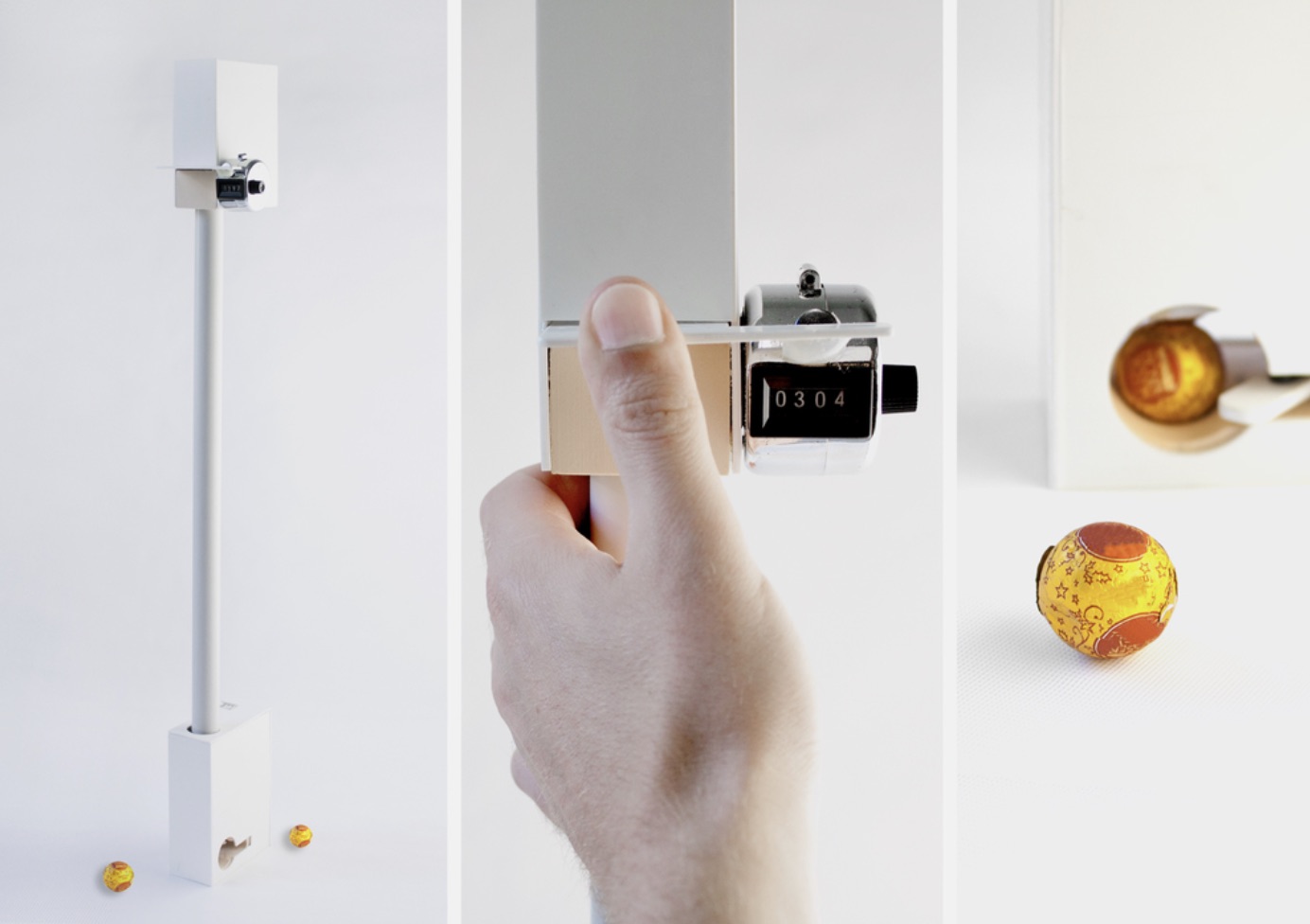Interfaces ThatAugment or Replace?
There's a scene in a movie that captures the concept of Tools for Thought perfectly. The film Searching (2018) ¹ unfolds entirely from the perspective of computer screens. After a frustrating call to the police about his missing 16-year-old daughter, the father decides to investigate on his own. To organize his thoughts, he opens an Excel spreadsheet and begins laying out everything that's in his head. As the investigation progresses, we watch him continuously update the spreadsheet with each new piece of information.
 ¹ Blockbuster movie that does a good job in digital archaeology
¹ Blockbuster movie that does a good job in digital archaeologyThe more familiar we are with a tool, the more fluent we become in using it to think. Whether that's writing, sketching, drawing, or... spreadsheets. Thinking doesn't happen only in our heads: it depends on the interfaces we choose to engage with the world. As McLuhan famously quoted:
"We shape our tools and thereafter our tools shape us".
— John M. Culkin
A recent MIT study from 2025, involving 54 participants, looked at the effects of using ChatGPT to write essays. It showed that frequent use of AI can, over time, impair our ability to remember what we've written, craft original arguments, and generate new ideas from scratch.

This study makes me revive a lesser-known but incredibly useful framework: complementary vs. competitive cognitive interfaces, proposed by David Krakauer (2016) ².
² Competitive Cognitive Artifacts and the Demise of Humanity: A Philosophical Analysis• Complementary interfaces strengthen our cognitive abilities. A classic example is the abacus: once you've learned how to use it, you can keep doing the operations in your head. The interface reveals its internal logic, so you're able to mentally replicate the process.
• Competitive interfaces completely replace a cognitive function without exposing how it works. A calculator is the go-to example. It makes math easier, but someone who depends on it might not know how to calculate without it. Same goes for GPS: constant use doesn't make us better navigators. In fact, by outsourcing orientation, we stop training our spatial sense.

Often, we don't want to be better navigators, or our use of math is so trivial it doesn't justify constant practice. And that's fine. So long as it's a deliberate choice. But in digital product design, the emphasis tends to fall on outcomes alone: getting the job done, removing friction, making everything feel effortless. In the short term, we gain speed. Over time, though, we risk dulling the very skills we once actively cultivated.
This tension isn't new. It goes back to Socrates, who feared that writing would erode memory, and reappears in the MIT study on ChatGPT. From a cognitive ecology perspective, every new interface reshapes our mental environment, generating gains and losses. AI has tremendous power to help us "think the unthinkable" and expand our cognitive horizons. But to harness that power, we need to be aware of the cognitive shortcuts it offers, and decide when to take them, and when not to. The real issue isn't whether the tool is good or bad. It's how it shapes what we're capable of thinking, remembering, and creating.
For interface designers, this distinction opens up new possibilities: instead of just helping users complete a task, we can design interfaces that also help them grow. In the symbiosis between humans and machines, there's potential for real, meaningful gains ³.
 ³ The Chocolate Machine (2012): Every hour, the machine leaves a piece of chocolate on your desk; you decide whether to eat it or return it. With no punishment or reward, it makes you reflect on what it means to live well and builds your willpower.
³ The Chocolate Machine (2012): Every hour, the machine leaves a piece of chocolate on your desk; you decide whether to eat it or return it. With no punishment or reward, it makes you reflect on what it means to live well and builds your willpower.Imagine someone using ChatGPT to review their writing in a foreign language. They could revise on their own but the tool offers speed and convenience. Over time that ease comes at a cost: their learning begins to slow.
But if we think about how to turn this competitive interface into a complementary one, some ideas pop up:
- Explain: Show not just the corrected text, but also why and where it was corrected
- Feedback: Send a weekly email with the top three recurring mistakes, along with exercises
- Challenge: Highlight a mistake and ask the person to fix it themselves before showing the corrected version.
All this can be incorporated without slowing the whole process. And there are plenty more possibilities. Even just doing this thought experiment shows how powerful this framework can be for interface design.
From the user's perspective, not the designer's, being aware of these shortcuts is also essential. Intention and agency matter. There's a difference between saying "I love you" face to face, typing it out in a message, or tapping a predictive text suggestion.

Just like living a healthy life means paying attention to what we eat and how we move, we'll need to be more mindful of where we invest our mental energy. The same goes for our creative and learning processes. Instead of just asking for a corrected version of a text, we could request feedback like an editor would give, or ask for a list of five authors who would argue against your core idea.
Doug Engelbart, inventor of the mouse and pioneer of human-computer interaction, believed the real power of computing interfaces wasn't in saving us effort—but in expanding what we can perceive, think, and create together. His life's work, Augmenting Human Intellect, was rooted in the idea that if we design interfaces that truly enhance our minds, we'll be able to understand and tackle increasingly complex problems as a society.
We are entering a new era of tools and it is up to us to shape them so that in the future they shape us in ways we can be proud of.
Enjoyed this post? Subscribe to get the next ones.